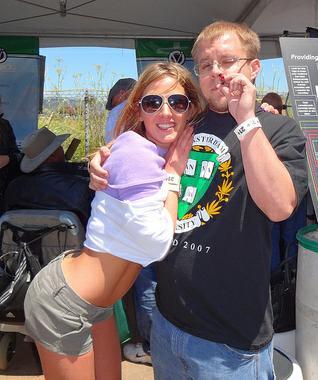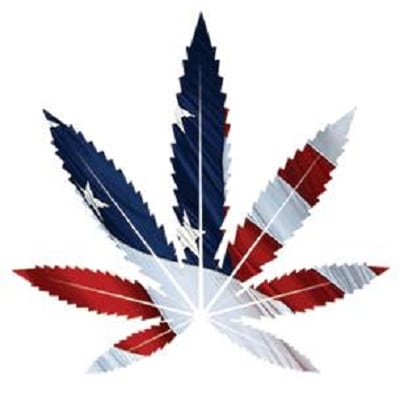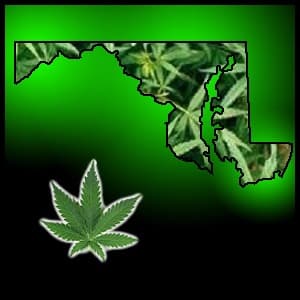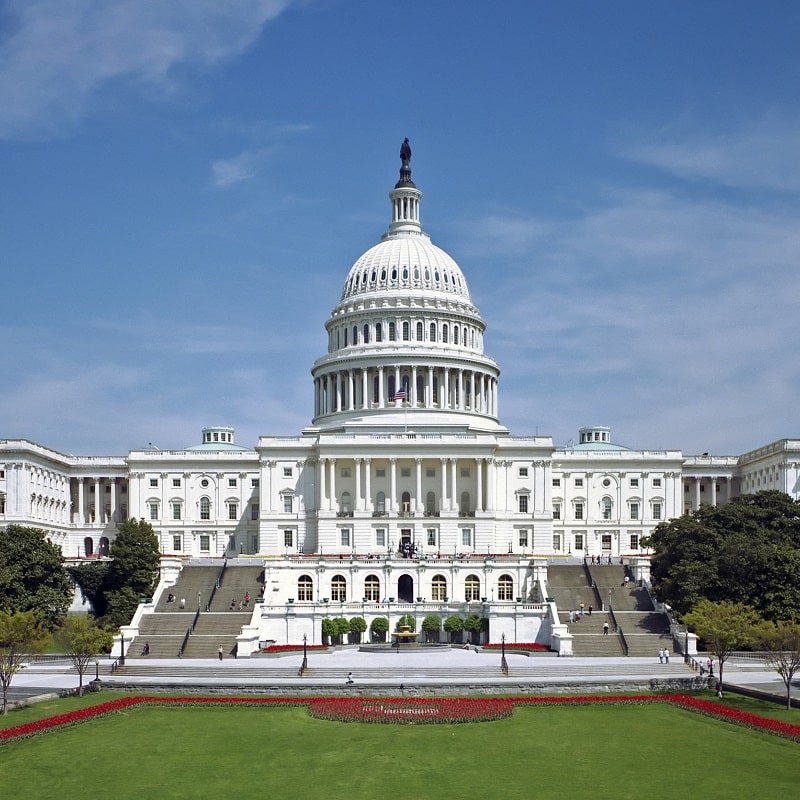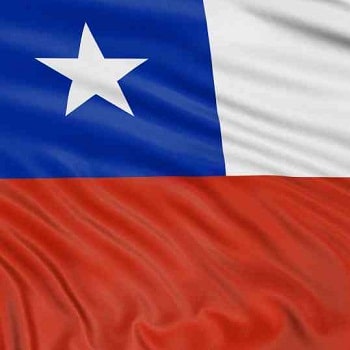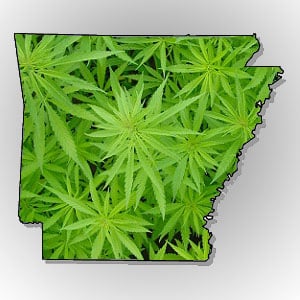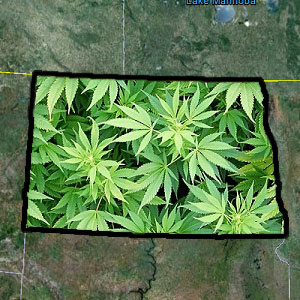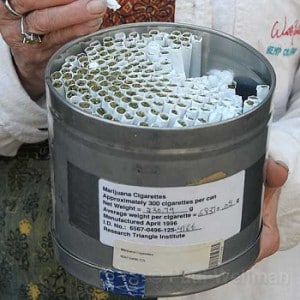 One of the urban legends I heard a lot about growing up was how potent federal medical marijuana was. You may have heard the stories too. I would always hear people talk about the G-13 strain in particular, and that it was incredibly strong because it was created in a lab environment to have as high a potency as possible. As with many marijuana urban legends, the truth was very disappointing.
One of the urban legends I heard a lot about growing up was how potent federal medical marijuana was. You may have heard the stories too. I would always hear people talk about the G-13 strain in particular, and that it was incredibly strong because it was created in a lab environment to have as high a potency as possible. As with many marijuana urban legends, the truth was very disappointing.
As I got older, and met more people in the marijuana world, I came across people that had actually seen federal medical marijuana via one of the four remaining federal medical marijuana patients. All of them would point out that the federal medical marijuana they saw in those coffee-style tin cans was awful. The National Institute on Drug Abuse has a menu on the web of the strains that are offered through the federal medical marijuana program, along with THC levels and levels for other cannabinoids. I believe the math speaks for itself. Per Smell the Truth:
The highest THC cigarette the government is selling tops out at 6.7% THC. Compare that to 25% THC for pre-rolls in San Francisco and L.A. Uncle Sam has no high-cannabidiol pre-rolls, whereas high-CBD pre-rolls are common in advanced cannabis markets.
And most of the bulk marijuana is bad, too. Uncle Sam classifies cannabis that’s “low” in THC as having less than 1%, “medium” is 1-5%, “high” is 5-10%, and “very high” is greater than ten percent. Not a single government strain tests over 10.2% THC.
By comparison, the average Bay Area cannabis patient buys cannabis that’s an average of 15 percent, estimates UC Berkeley public health researcher Amanda Reiman.
I don’t understand why federal marijuana has such a low potency. Is this on purpose? If so, why? Or is it because federal marijuana growers are awful at what they do? Or is it because growers that supply non-federal patients are so much better at growing? The federal government doesn’t give up much info about the federal program, so all we can do is speculate.



